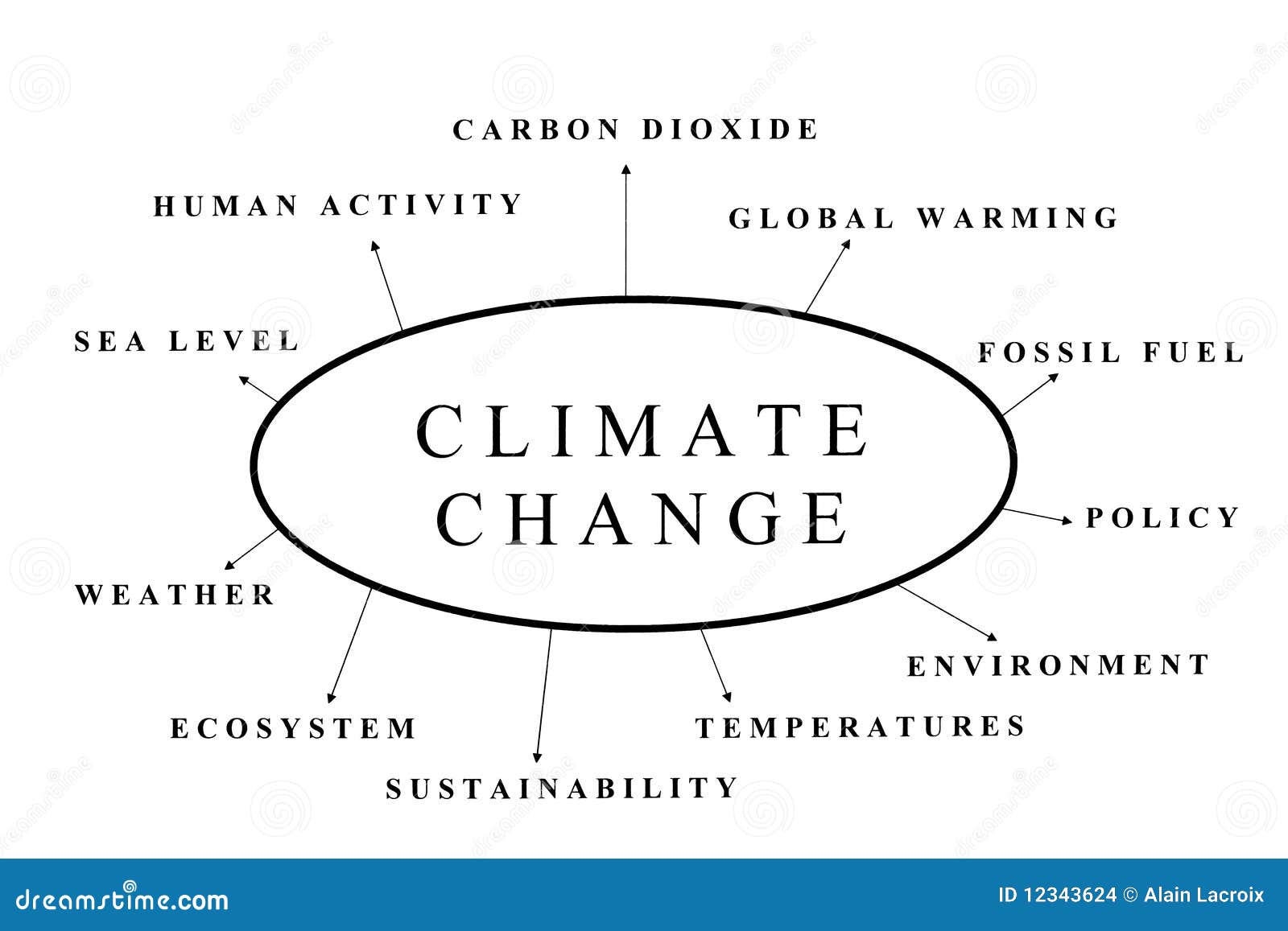Reflective Introduction
Welcome to my ePortfolio! This reflective introduction will examine all the works I have written during this course, and make an objective summary of skills I have possessed and my writing deficiencies that still need to be improved. In general, writing 39C greatly helped me with analyzing academic research reports and learning to narrow down and pick the appropriate sources when writing an analytical article. After taking this course, I will be able to accomplish more sophisticated academic essays in the future, as well as comprehend previous research reports better and faster.
At the beginning of this course, we were asked to complete a self-assessment mainly about our past writing experiences and our expectations of 39C. This assignment summarizes my existing writing skills and the types of articles I have written most often, and figures out where I need to enhance and what I want to learn. We were also asked to include our previous research process and tools we use when writing papers. The purpose of answering these questions is to have a more general understanding of our writing knowledge so that we can be more targeted while taking 39C.
For example, I wrote in my self-assessment that “by taking Writing 39A and 39B, my writing skills improved further. We learned how to identify the purpose of a book or an article, and what the intentions made by the author through a piece of work; we learned about rhetorical situations, how to recognize them and how to apply them in our articles. I’ve written imitative articles, some book analyses, and also academic papers. During this process, I found out that the ability to provide in-depth thinking is at most important for writing an essay, and it is also where I need to improve the most”. Listing works I have done so far let me have a clearer idea of how to promote my writing skills to a higher level, which is crucial before entering the learning part.
The two most important writing assignments for this course are Context Project and Advocacy Project. Both of them require a full understanding of the topic we choose and extensive reading of the sources. But before we get into these essays, it is necessary to know the main theme of 39C: climate change. The CP and AP are based on this general topic, and our job is to choose one specific branch of this topic and dig deeper into it. To get a better clue of climate change, we read The Sixth Extinction authored by Elizabeth Kolbert. While reading this book, we also need to update reading journals weekly to outline and analyze the notable parts of the chapters we read.
One of the most impressive discussions was in week 6, in which we talked about whether we agree with Kolbert about a statement made in her book that human beings are “overkiller”, and they are the main cause of the sixth extinction. Below is part of my response:
“Kolbert makes a very interesting point in Chapter 11: humans prone to cause extinctions. This elicits a thought-provoking perspective that human beings may not have caused the disappearance of species out of necessity. In other words, in many cases, humans hunt creatures for conquest, even greed. In modern times, people pay high prices to collect skins and buy luxuries in addition to necessary food intake. Although laws to protect endangered animals have been widely implemented, there are still a large number of illegal hunters who kill those animals for profit. This illustrates a cruel fact: human nature alone can cause other species to plunge into extinction, which far outweighs the harm climate change is doing to species.”
The highlighted sentence is one of the paragraphs of my discussion about Kolbert’s book; providing an analysis of the argument made by Kolbert helps me understand the purpose of the author more thoroughly. Kolbert demonstrated many direct and pertinent arguments in her book, to make her audience aware of the seriousness of climate change and the importance of species diversity to the operation of the Earth.
During the process of writing these journals, it is also necessary to include close readings that are related to the topic of discussion, since detailed contents usually reflect the genre of the book. For instance, in the week four reading journal, we discussed the reason Kolbert keeps emphasizing biodiversity. I mentioned in my response that “in chapter seven, Kolbert introduces many rare fish species and describes their appearance, including color and pattern, and their important role in the ocean. She then begins to imagine the disappearance of these beautiful fish, which creates a great sense of drift for the reader… The oceans are a vital resource for the planet. If the oceans disappear, it is conceivable that human beings could not survive”. In my opinion, close readings allow us to gain a deeper understanding of a particular topic. This can also be applied to the writing of academic articles, and I think this is also the benefit of updating reading journals.

Starting with week three, we began to prepare for the context project, one of the two major essays of this course. The very first difficulty I encountered was how to choose my topic. There are thousands of related themes that are pretty well-discuss, choosing the appropriate one becomes even harder when facing so many choices. What I did is search the keywords “climate change”, take a look at all the related topics, then google the topics I am interested in, and finally narrow down to the one that has been systematically researched. After a dedicated consideration, I chose climate change and human health as my final theme. I started to gather sources, and found out that there are only more articles on this topic. That being said, narrowing down the sources became another hard job. I first chose the more recent literature, because it can ensure a certain degree of reliability; Secondly, I will choose the article I want to read according to the title, and then decide whether I should continue to read according to the abstract. After finding the reports I needed, my first draft focused on laying out the structure of the article and contents it may contains. According to Dr. Jensen’s evaluation, my first draft lacks too many details, and my arguments are too cluttered, which makes it impossible for me to discuss in depth. Below is one of the paragraphs:
“Another major worrying issue elicited by climate change is natural hazards. Over the past few decades, one of the most important threats to human health has been natural disasters. Hurricanes, heat waves, torrential rains and droughts kill countless numbers of people each year. Long-term climate change, even if it is slow, will cause essential changes in the ecosystem, thus affecting the health of human society. Take Iran as an instance, “one hundred and three natural disasters happened between 1900 and 2012 in Iran, with a total of 155,878 deaths. Iran’s natural disasters risk class has been estimated as 8 out of 10, and the trend of its natural disasters has been increasing in recent years (Mousavi 2019).” To conclude, natural disasters caused by climate change have already elicited great harm to human beings, while continued climate change is more likely to have a devastating impact.”
The problem with this paragraph is that there is no detailed description, which is far from enough for the body paragraph of an academic article. This reflects one of my problems: my understanding of the sources is not sufficient for me to have an adequate analysis of an argument. In other words, I failed to read the resources thoroughly. This is a “fatal” problem for writing because an inadequate comprehension of a topic can make an article plain and weak. Therefore, for my second draft, I re-read all the articles carefully and highlighted important supportive information. It turned out that the body paragraphs got much more in-depth and informative. See the comparison for the same paragraph:
“Over the past few decades, one of the largest threats to human health has been natural disasters. Hurricanes, heat waves, torrential rains, and wildfires kill countless numbers of people each year. The more terrifying thing is, every country and region will suffer completely diversified natural disasters due to differences in condition and environment. This fact brings a lot of inconvenience to climate change prevention and management, that is, unified solutions are not feasible. Generally, the root cause of natural disasters is that long-term climate change seriously damages the local ecosystem, causing deaths and economic losses, thus lowering the health of all humans. Take Iran as an example. According to the data, “one hundred and three natural disasters happened between 1900 and 2012 in Iran, with a total of 155,878 deaths. Iran’s natural disasters risk class has been estimated as 8 out of 10, and the trend of its natural disasters has been increasing in recent years (Mousavi 2019).” These worrying numbers are all emphasizing the seriousness of climate change. Short-term climate change, especially extreme abnormal weather phenomena, such as hail, and sand storms, are often more serious natural disasters, enough to cause a devastating blow to human society. Except for damages to human health, long-term climate change, even if relatively slow, will also bring about essential changes in the ecosystem and completely change the layout and mode of production, thus affecting the economic life of human society.”
These two paragraphs are talking about the same issue; however, I believe the second one is more detailed with more support information. In general, the context project improved my ability to absorb and summarize sources, as well as integrate the sources into my article.
The Advocacy Project is based on our CP, which focuses on providing a specific solution to the addressed problem in the previous essay. It is important to note that the AP assignment requires a complete and detailed solution, not a broad description of several strategies. I made this mistake in my first draft, in which I put four solutions without specifically analyzing their details and feasibility. This makes the content of my article very messy and lacks comprehensive and deep-going descriptions. Knowing this problem, I kept only one of the solutions listed in draft 1, and dug as deep as I could, used the sources I found and completed the whole essay. Draft two is much more analytical, with more specific demonstrations and discussion of the reliability.
Specifically, I introduced the BRACE framework established by CDC, containing five main steps to control the negative consequences brought by climate change. I first introduced the general idea of this framework, then went into detail to describe those five steps separately. In the end, I emphasized whether this prevention strategy is effective and things that need to be put more effort on. I am pretty satisfied with my final draft not only because my content and structure have made great progress compared with the first one, but also because my understanding and application ability of different pieces of literatures have been improved. Certainly, there are multiple places needed to be enhanced, including a lack of illustrations of the actual problem.
To conclude, writing 39C has brought me many learning opportunities. Through reading journals and two papers, my writing ability has improved even further. Literature search and reading are crucial for writing academic articles, while reliable research can provide a lot of support for the chosen topic. Lastly, it is a necessary writing skill to learn to reasonably combine literature and one's own article.

 icons at the top right corner of the subsection.
icons at the top right corner of the subsection.